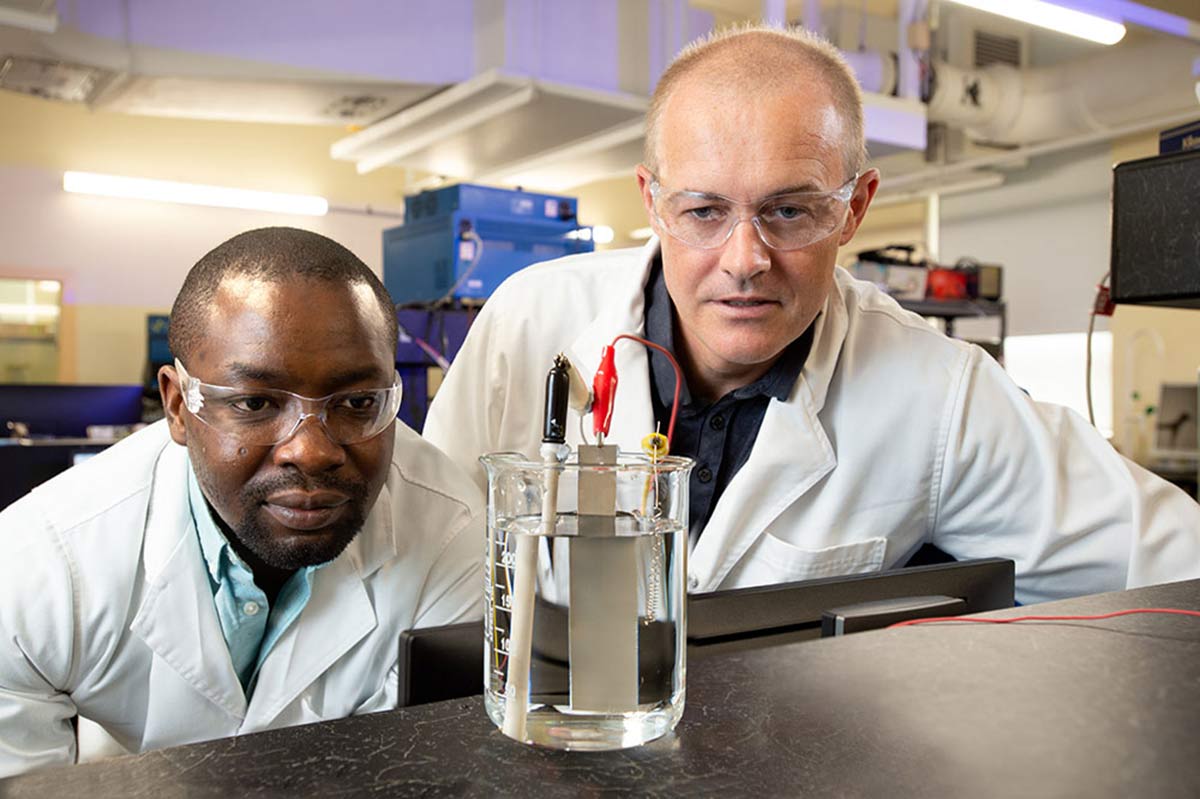The International Renewable Energy Agency and the World Economic Forum have published a new “toolbox for policy makers” aimed at accelerating the deployment and cutting the costs of renewable hydrogen production in Europe and Japan.
Despite there being only 200MW worth of electrolysers deployed globally, green hydrogen is nevertheless one of the hottest new clean energy topics. Using only water and renewable electricity, an electrolyser is able to split water into hydrogen and oxygen, making it a clean and efficient means of creating hydrogen fuels.
But, currently, the cost of green hydrogen electrolysis is significantly more expensive than hydrogen made from fossil fuel-based electricity such as coal or natural gas.
Specifically, according to the International Renewable Energy Agency (IRENA), the cost of green hydrogen sits between $US3-8/kg, compared to between $0.50-1.70/kg for unabated grey hydrogen.
In an effort to accelerate the deployment of green hydrogen in line with its increasing demand and utilisation in net-zero plans, IRENA and the World Economic Forum, in partnership with consultant Accenture, have published a series of “Enabling Measures Roadmaps for Green Hydrogen” which are aimed at providing policymakers the steps to prioritise policies for green hydrogen.
Launched at the Global Climate Action Energy Day event held during the United Nations Climate Change Conference COP26 in Glasgow, the report provides an exhaustive series of “enabling measures” aimed at Europe and Japan.
A total of 38 steps for Europe and 39 for Japan include a variety of efforts including support mechanisms, a new market design, quotas and mandates for industry, defined safety standards, carbon border adjustment taxes, clear carbon intensity definitions, electrolyser manufacturing capacity targets, governance guidelines, and research and development support.
“Green hydrogen needs to be transitioned from its current niche role to a global energy carrier with widespread usage across sectors and this will require an integrated policy approach,” said Francesco La Camera, IRENA’s director-general.
“Our Enabling Measures Roadmaps will help countries lead the way for a global hydrogen market and meet global net zero objectives.”
The complete list (PDF) of “enabling measures” varies slightly between Europe and Japan but are nevertheless exhaustive and categorised under 10 larger objectives which are then broken up into secondary tasks.
In both roadmaps, priority is given to increasing the pace of development and demand while simultaneously reducing costs. Removing cost and regulatory barriers for hydrogen production is matched by deploying mechanisms to close the cost gap for hydrogen use in hard-to-abate sectors, while also driving critical mass demand through major hydrogen projects.
In some countries, these steps could be said to be already taking place – such as in Australia, with its National Hydrogen Strategy. But the policy steps laid out by IRENA and the World Economic Forum highlight the need for clearly defined policies that take into account the whole supply chain, from development through to production, supply, and use.
A corollary focus must also be the reduction of fossil fuels used to power hydrogen production, transitioned instead to large-scale renewable energy projects – either onsite or paired through PPAs.
In both roadmaps for Europe and Japan, the second half of the policy measures transition to technical necessities such as standardisation and certification, ensuring clarity on technical and safety standards, and carbon intensity standards through measures such as a guarantee of origin scheme.
Finally, however, an increase on the pace of development and focused funding for innovation and research & development will be required to scale up the necessary capacity and technological requirements to meet demand.
“These roadmaps articulate a clear pathway for making hydrogen a significant part of the future energy mix,” said Roberto Bocca, from the World Economic Forum.
“Private sector and policymakers working hand in hand can now forge a credible path toward a green hydrogen economy.”










